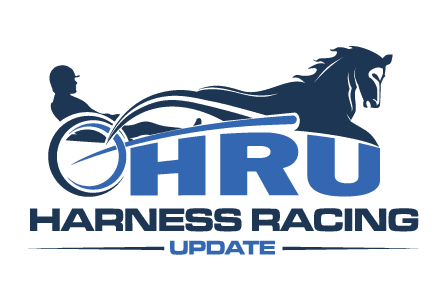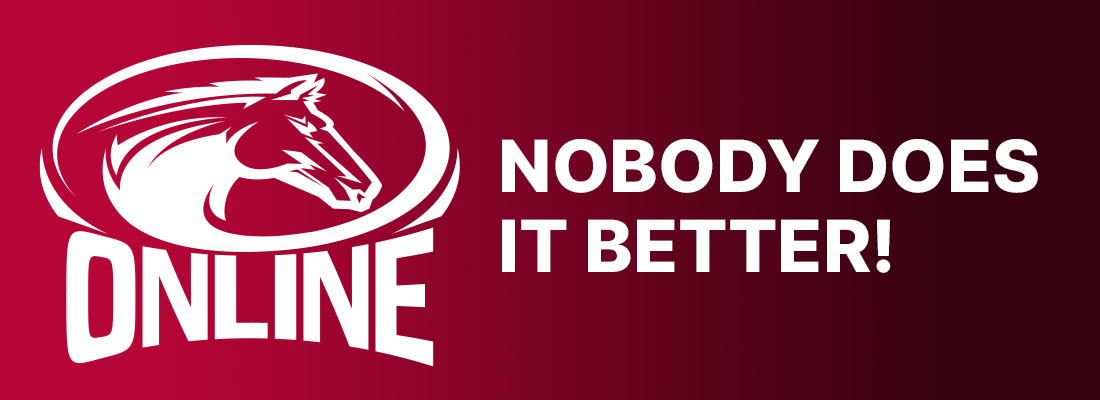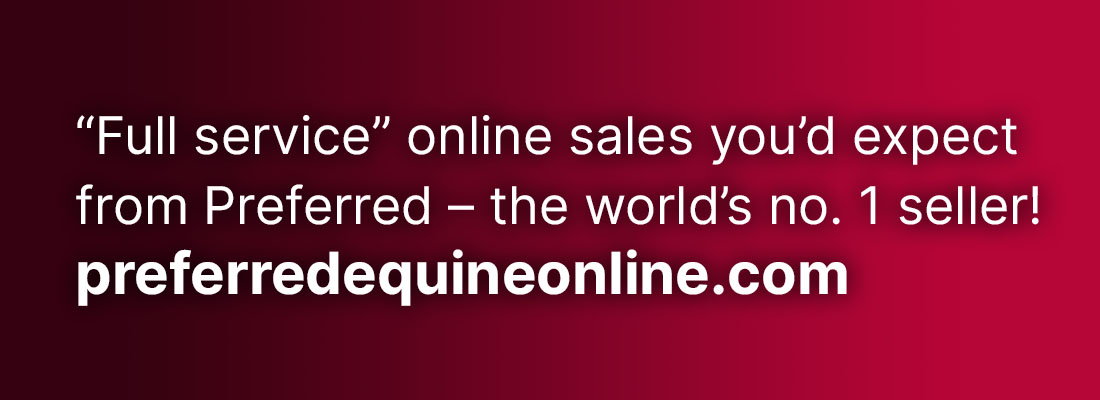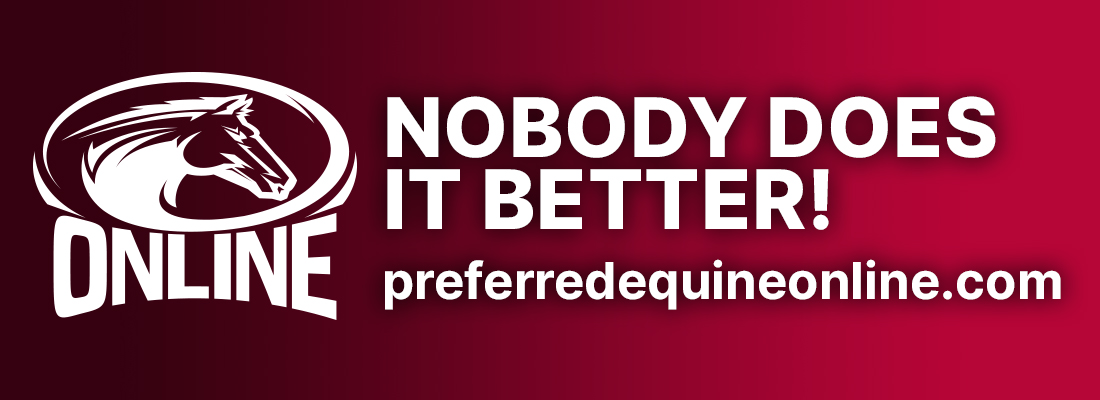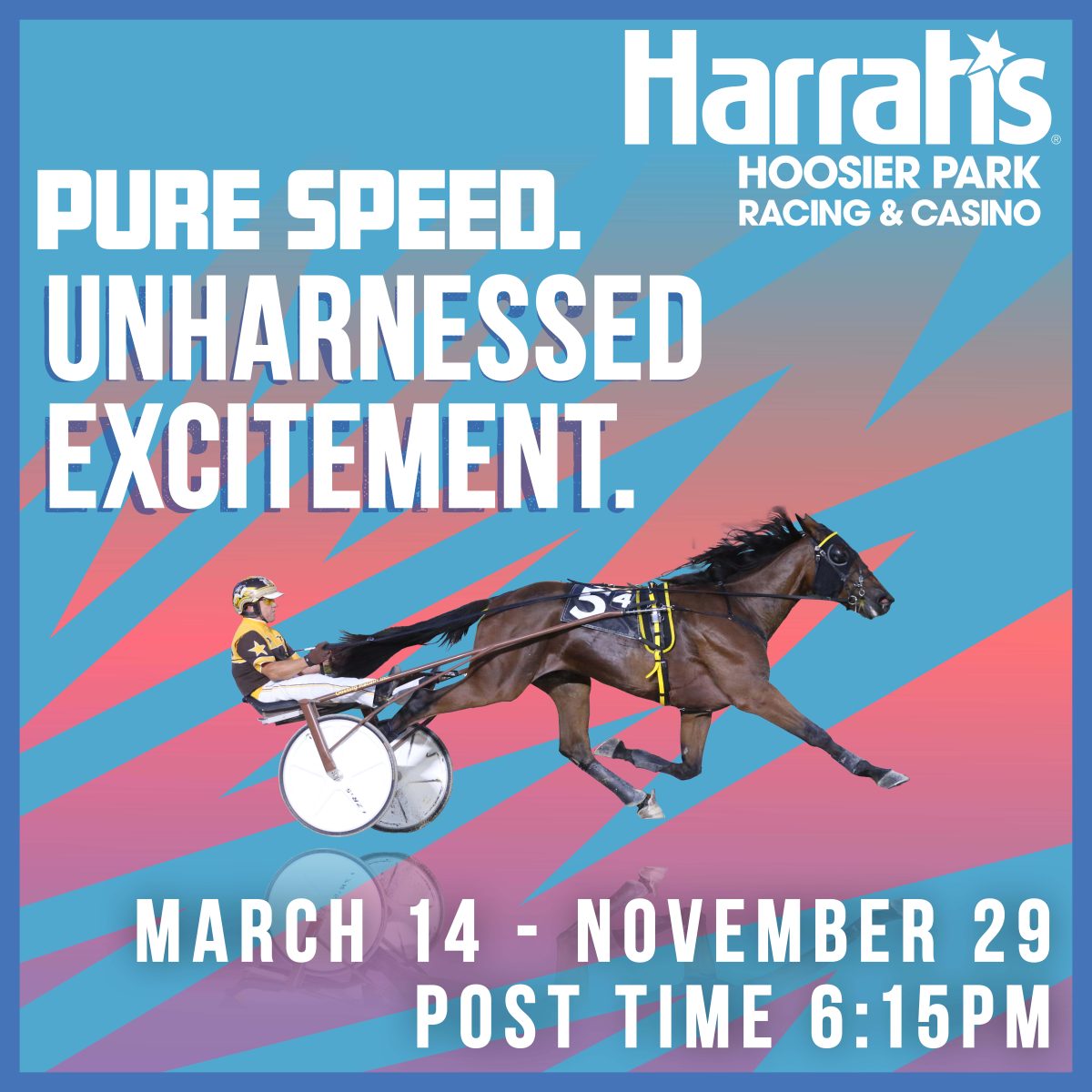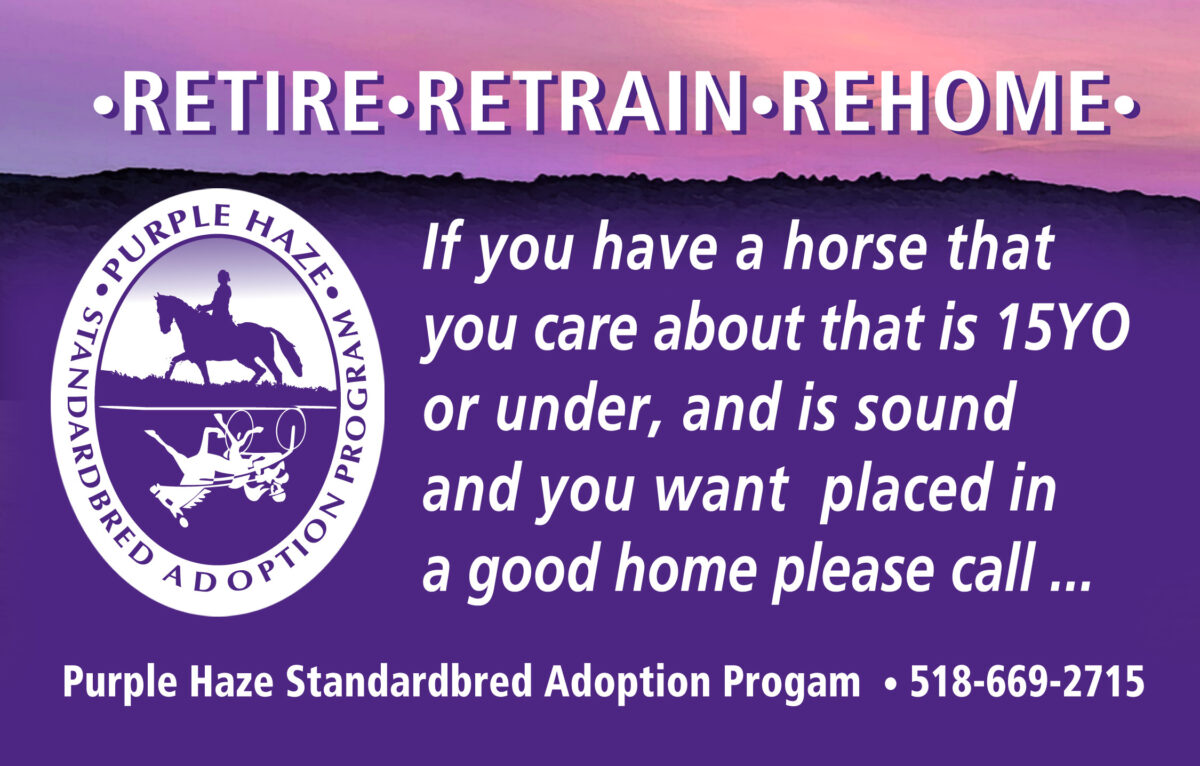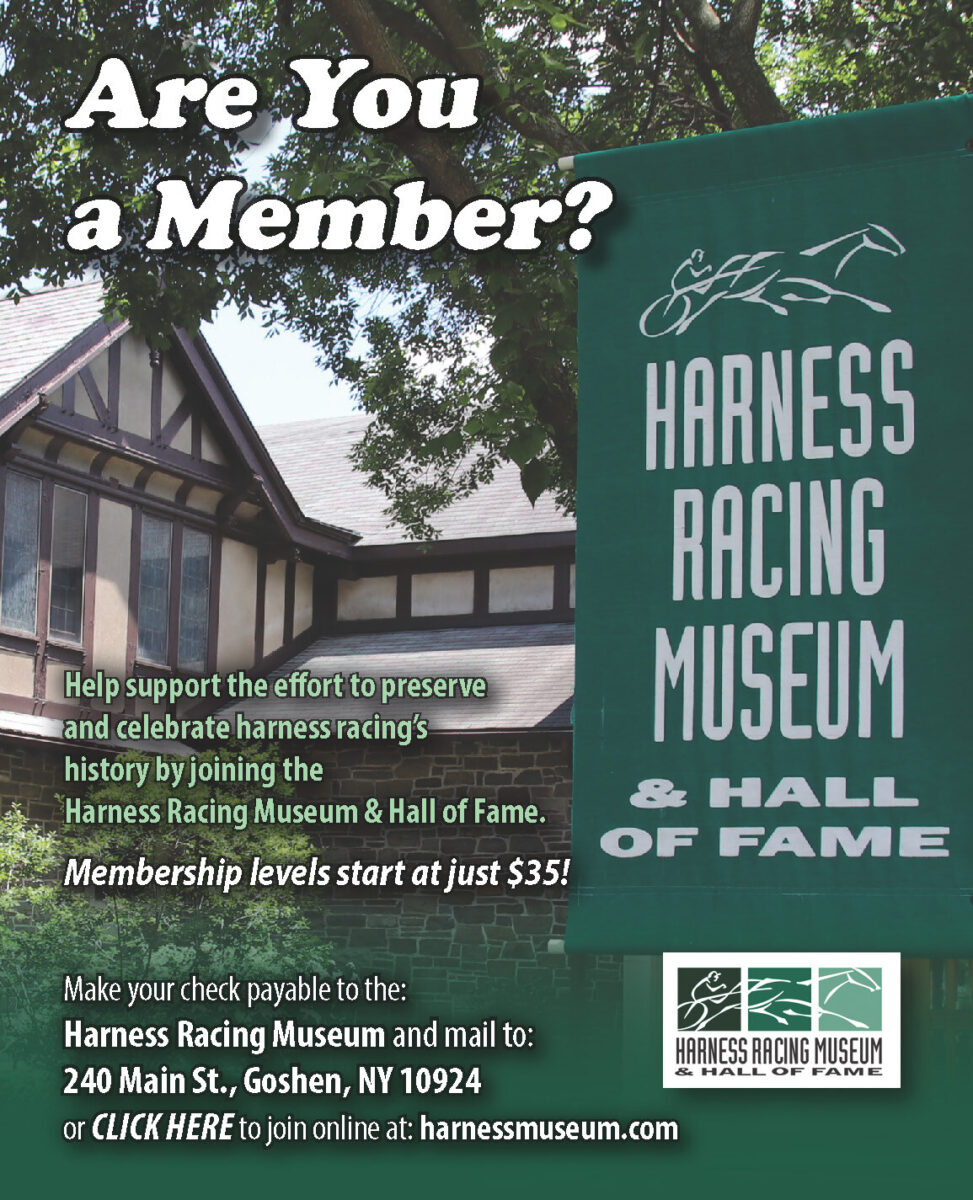Saturday’s Empire of Hope event at Hoosier Park important benefit for Standardbred Transition Alliance
by James Platz
Saturday evening (July 31), Harrah’s Hoosier Park will play host to the second annual Empire of Hope night. The purpose of the evening is to help raise awareness, and dollars, for racehorse aftercare. All funds raised tonight (July 30) and Saturday at Hoosier Park will benefit the Standardbred Transition Alliance (STA). Still in its infancy, the STA is slowly growing in the mission of assisting with the relocation, rehabilitation and repurpose of retired standardbreds. STA president David Reid said he is satisfied with the progress, but not content.
“We are in our second year of accrediting facilities. The mission is going steadily forward,” Reid said. “The placements for the first year were satisfying, but obviously we know we are a young organization. The main goal is that the heart is in the right spot for aftercare. I think the awareness level has increased. We are just continuing to grow at a slow pace, but at a steady pace.”
A non-profit 501(c)(3) organization, the STA was created with a mission to accredit, inspect and award grants to organizations that work to re-home or transition standardbreds once their careers are complete. Reid said that to date three organizations have been accredited. Jennifer Daniels, STA administrator, said that over the last year and a half, 138 standardbreds have received transition services from STA accredited aftercare organizations.
“I know that may sound small, but it is somewhere to start and build from. When you gauge success, sometimes you have to be realistic about it. It is going to be a steady, slow growth. Awareness is being raised, but it needs to be raised much more,” Reid said of the placements. “I think the industry has definitely embraced it, but I think we need to reach more tentacles of the industry. What people do like is the accreditation process adds validity and donor confidence. I think we need to continue to do that. I think the accreditation and oversight validates facilities, which makes the donors’ confidence even greater.”
Events such as Hoosier Park’s Empire of Hope are one of the vehicles that can be used to reach those tentacles of the industry. More importantly, it serves as a grassroots effort that is critically important to building STA awareness.
“This movement has to be grassroots. It’s nothing that can be handed down from on high. It has to happen at the track level. That’s where the community builds,” said Daniels, who joined STA in November 2019. “I just returned from The Meadows, where the MSOA put on a great charity event Wednesday night. The local events are more tangible. When you see or personally know the horses that are retiring, it becomes real. When you’re raising money at the local level, and you know that your contributions are helping horses that you see every day, that is tangible and real and that’s how the movement grows. It’s great to say that we’ve done this at a national level, made a secure collection point for donations, now we need to work to build the aftercare community at the track level.”
Daniels said that one of the unexpected outcomes of the accreditation process is the “bird’s eye” view afforded and seeing areas where the STA could be of greater service to industry organizations. She noted that in some instances, bottlenecks have been identified where the STA can partner with an organization to address ongoing challenges through grants or other means. A case in point centers around paperwork needed for a racehorse transitioning away from racing. This is an area where Daniels sees the STA playing a crucial role in the future, both in education and execution.
“The STA accredited aftercare organizations ask that a horse arrives with the USTA transfer of ownership, the pleasure horse registration, and Full Circle enrollment already completed. If that hasn’t happened, it really burdens a program to have to go and chase those things down, to ask for a coggins and a health certificate,” she said. “If those things are done by the owner or trainer before a horse is sent to a program, it lifts a huge administrative burden from these charity organizations that are often running on office volunteers. The STA is stepping into a more active role with that, owner education. A lot of people would do the right thing, in terms of providing a placement ready horse, with pleasure horse conversion and health paperwork in order, if they knew the steps to take. And if they knew there was a place to turn to ask some of these questions. What are best practices for transitioning a horse when they are done racing?”
Saturday’s Empire of Hope event will go a long way in creating awareness for aftercare and the STA-accredited organizations, but it will also generate needed funding. The first edition in 2019 brought in $32,000 for STA. Reid continues to beat the drum for ways to generate a more constant stream of funding that can be utilized. He is in favor of a small fractional fee for transactions, borrowing from what takes place in thoroughbred racing while not creating a significant financial burden.
“In the thoroughbred model, every time a breeder registers a foal, there is a certain amount of money earmarked to aftercare. I’ve always been a believer that if you are bringing an animal into this world, you bear some responsibility at a low, fractional cost basis,” Reid noted. “I think it’s the responsibility of the entire industry, of all participants, to participate and contribute toward aftercare. A catch driver, whether he has a million dollar year or a $100,000 year, it’s not that much that is going to change a person’s life. Everyone knows my feelings on that.”
While Reid pursues that avenue, Daniels said there are other areas that need to be explored further, including in-kind donations from industry participants.
“The harness community has big hearts and they like to give, but they like to give close to home,” she said. “That’s why the Empire of Hope event is so powerful. You really see horsemen coming together and that sense of community. They want to take care of their own.”
Since the STA launched three years ago, the mission has not changed. However, through accreditation and grant cycles, Daniels has witnessed how the organization can serve as a valuable resource, and she is excited for the opportunity.
“I’m not overwhelmed by it at all. I love it. I love that we have an organization now where you can point to the STA for transitioning best practices and advice. Before no one really had ownership of this area in its entirety, not the horseman’s groups, the USTA or the adoption programs. Everyone did a little, or a lot, but there were still gaps that really weren’t anyone’s job to do. But the STA is perfectly situated,” she said. “Again, with that bird’s eye view of what’s happening within the accredited programs, how the horses transition and how they are returned. We’ve got a great partnership with the USTA, and those gaps that we have been jointly able to identify, I think the STA is that missing link. It is the bridge to all the areas we couldn’t quite get access to before. I think it’s exciting.”
